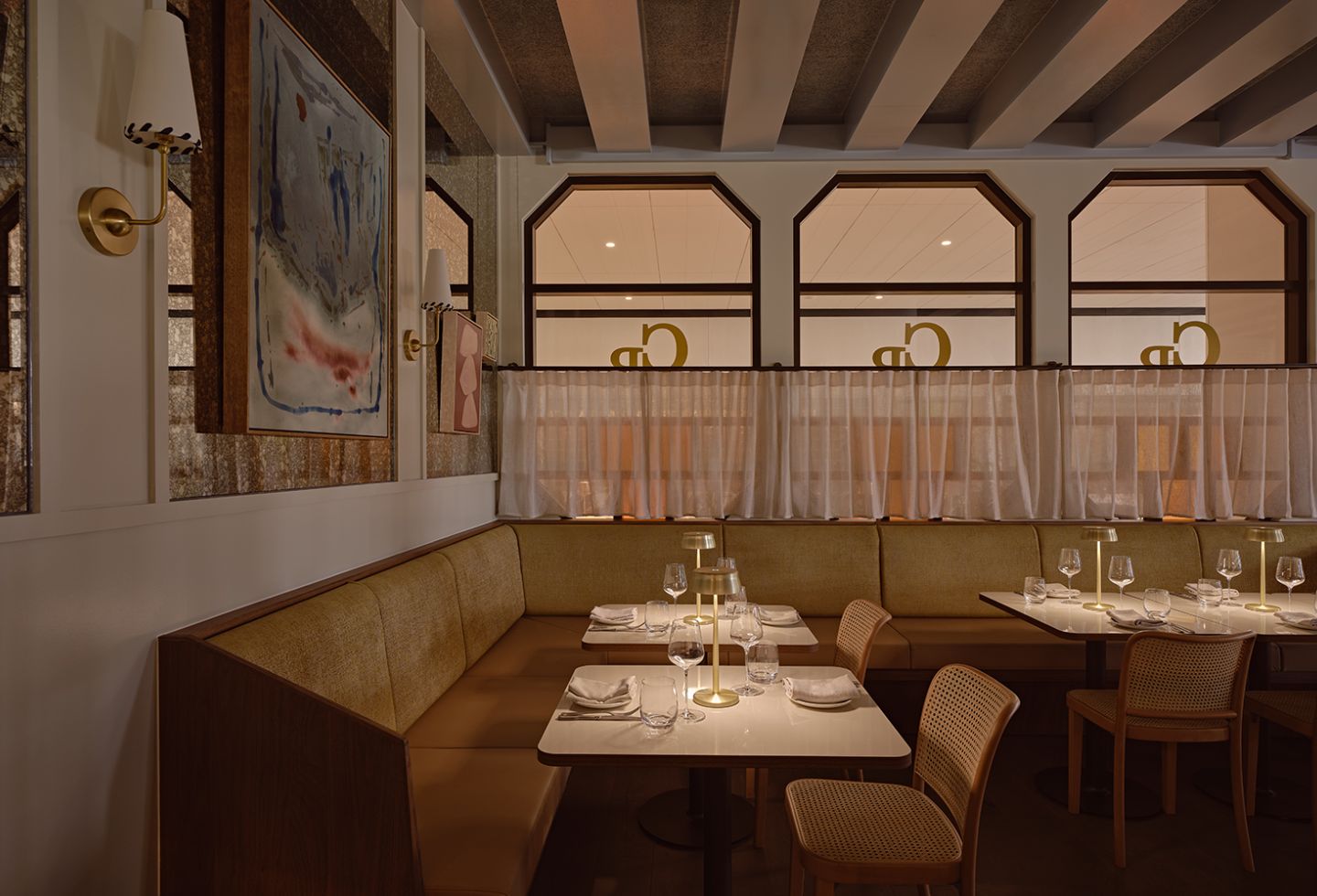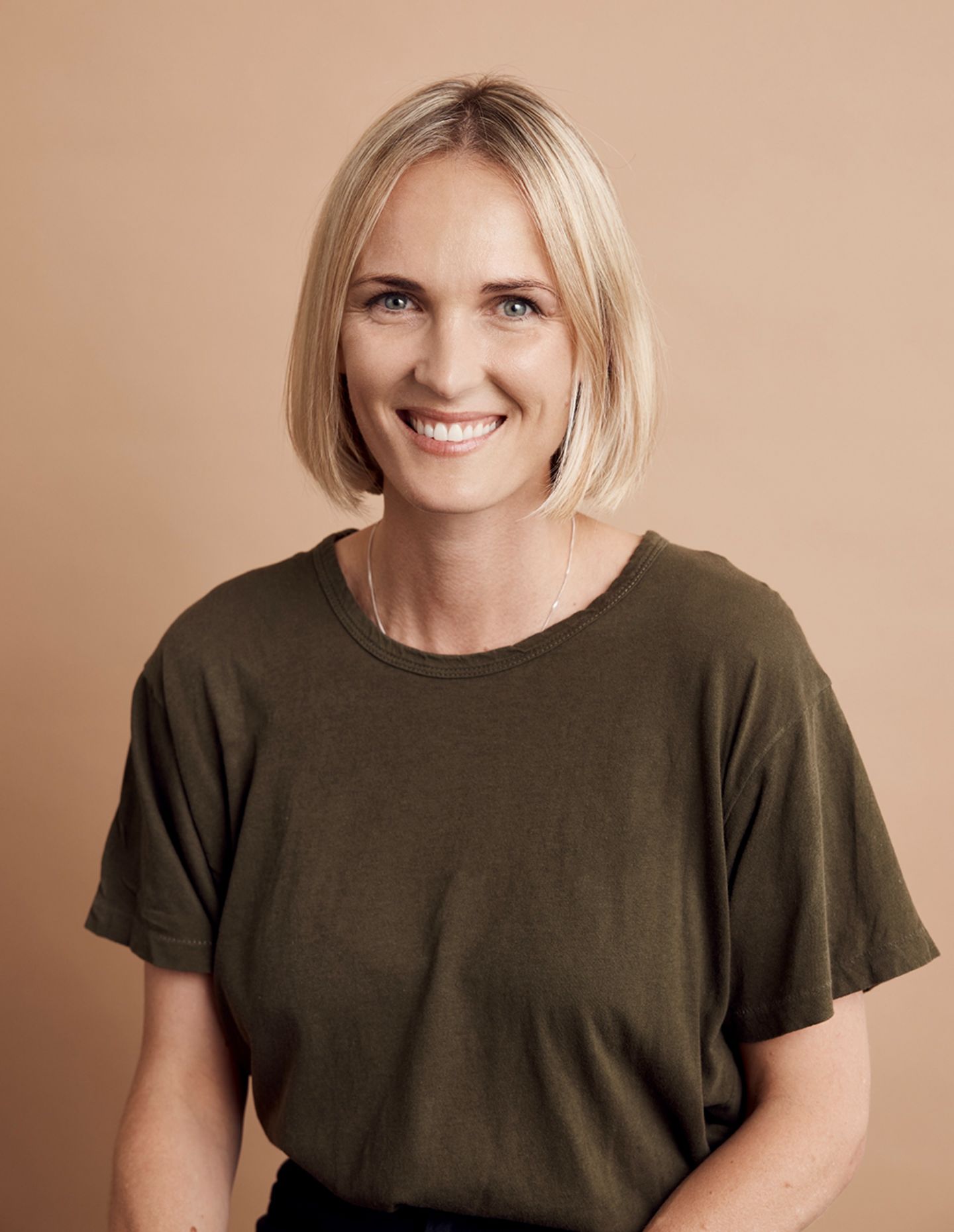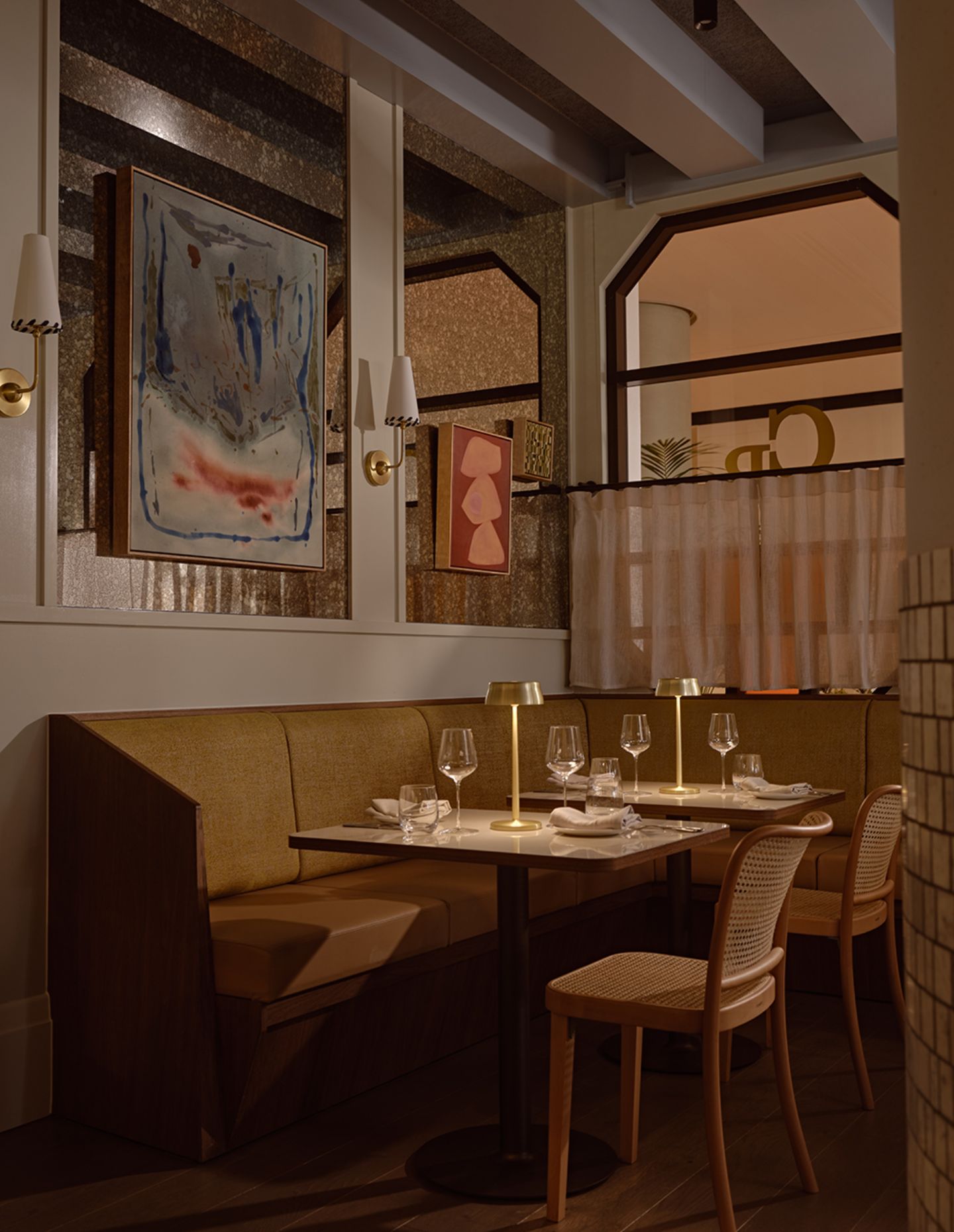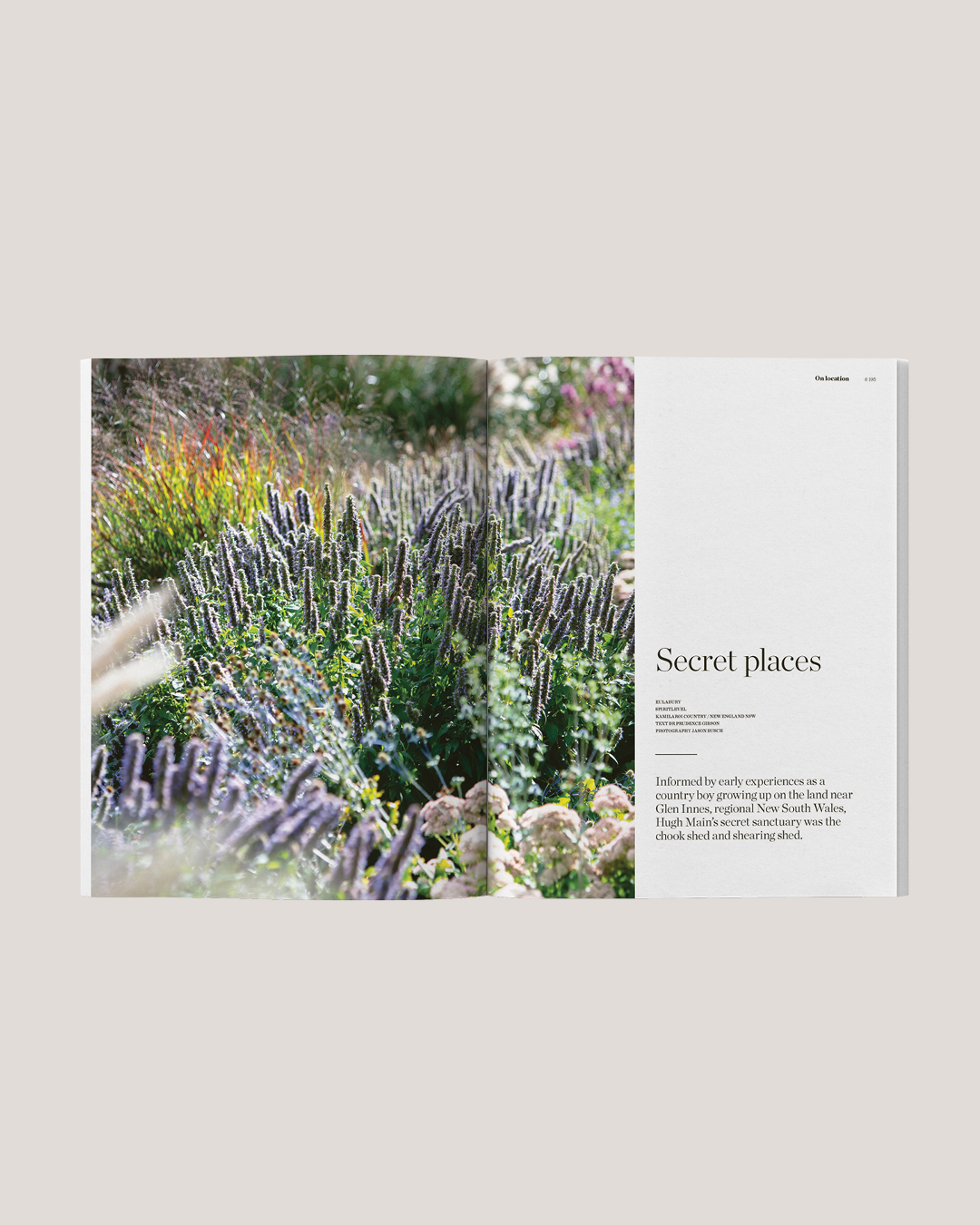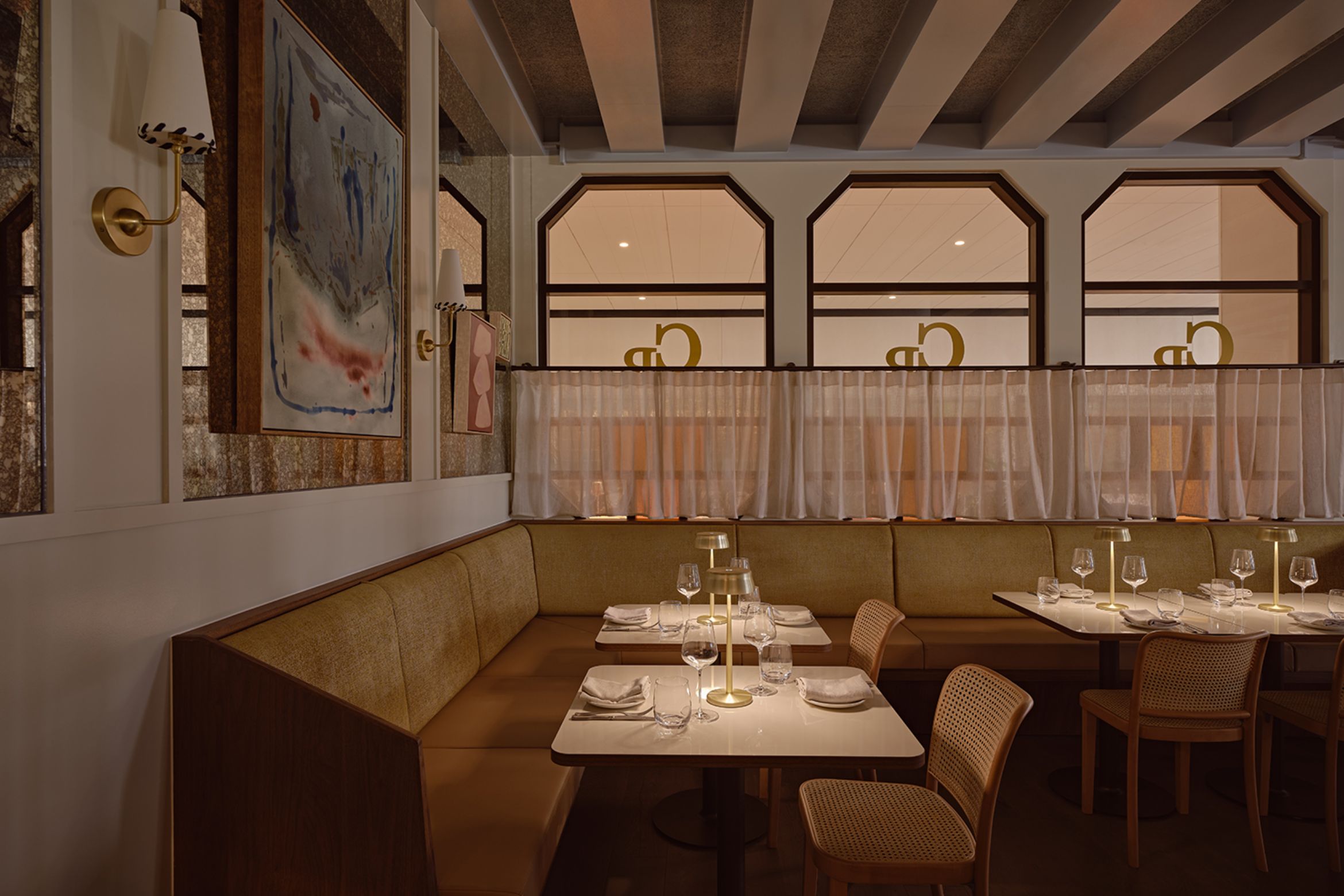Over dinner with a friend, the story of Tom Mark Henry’s origins emerged in conversation. The intrigue was immediate: why would a female-led studio choose to adopt male-associated names, especially first names? The industry is no stranger to eponymous practice titles stamped with surnames, but Tom Mark Henry subverts this convention with delicious subtlety. The name itself — Tom Mark Henry – is aptly chosen, paying homage to those who inspired its founders. A celebration of the inspirational males in their lives, notably their fathers and grandfathers, who respectively embodied characteristics – strength, character and ambition – they strived to adopt within themselves and emulate in their business.
Founders, Cushla McFadden and Jade Nottage, began their partnership well before the origins of their lauded practice. Having worked together for two years prior, the foundation of Tom Mark Henry was “organic,” explains McFadden. And this year denotes a decade of the studio’s formal existence, though their oeuvre together extends further back.

The two first crossed paths at university, where they studied interior architecture. McFadden’s trajectory was well-defined from the outset, while Nottage’s journey took a more circuitous route. “I had a less… linear trajectory,” Nottage shares. “I knew that I wanted to do something creative, and I wasn’t sure if I wanted to do interiors or fashion.” Beginning with fashion design, Nottage brusquely realised the industry was not her calling. “I then enrolled in interior architecture, and that’s obviously how I met Cushla… had I started that from the beginning, our paths would never have crossed, so it was fortuitous that I sort of took a little bit of a sideways step before getting to interiors,” she says.
For McFadden, a formative stint in New York City provided an advantage, expanding her experience and perspective. Meanwhile, Nottage cannibalised her earlier studies in materiality and textiles, going on to work at a small-scale design studio in Surry Hills. Their paths converged again, and Tom Mark Henry emerged from a shared ethos – a commitment to values that continue to underpin the practice today. While each year the practice rewrites their goals, the premise remains the same but expands.
For McFadden, the studio’s aesthetic draws from modernist principles. “Modernism interests me; the concept of reductionism,” she says. Tom Mark Henry adopts this ethos without falling into sterility. “A lot has to do with material,” she adds, referencing formative precedents such as Philip Johnson’s Glass House and Mies van der Rohe’s Row House – projects that exemplify the marriage of restraint and liveability.
Related: West End Residence by Tom Mark Henry
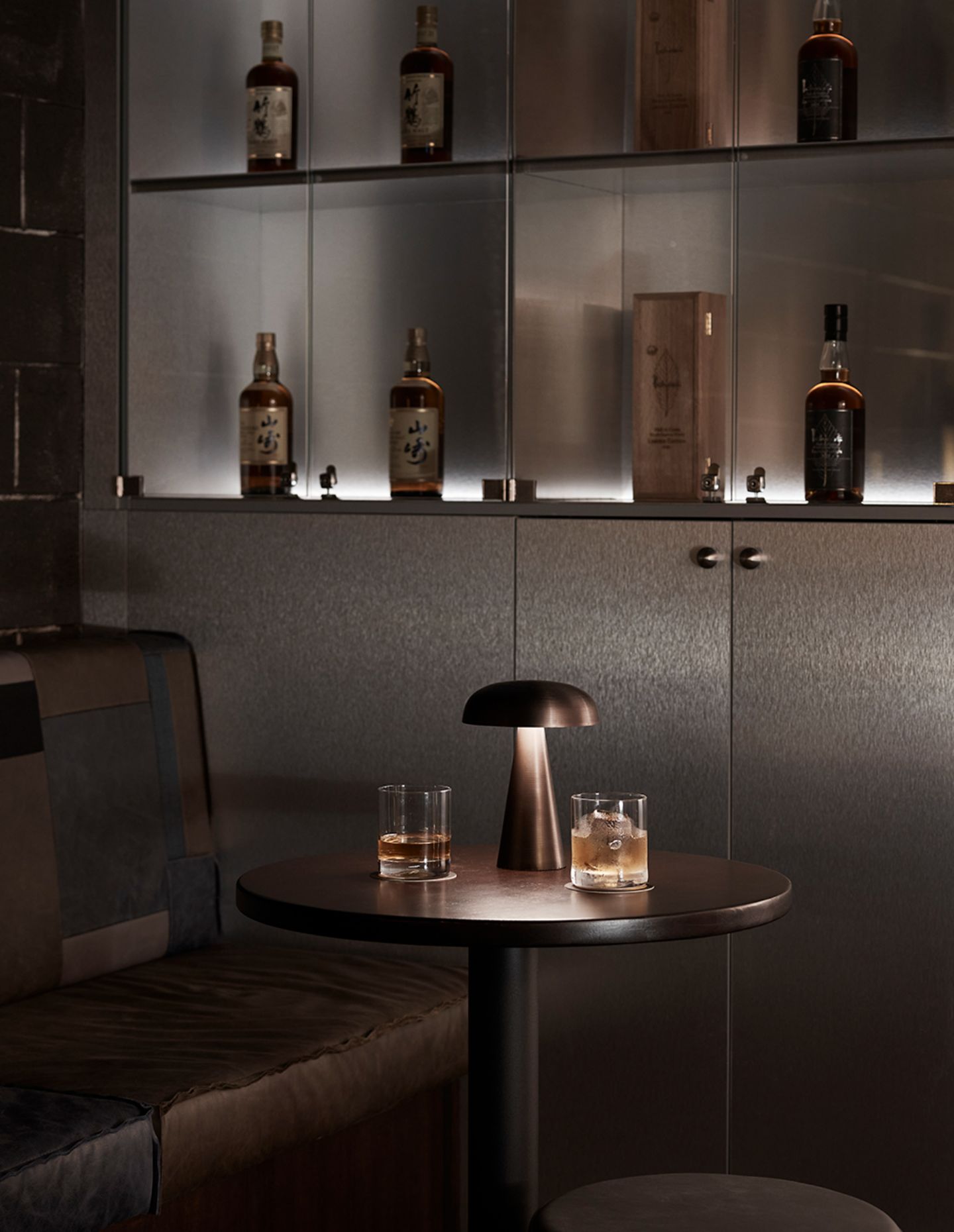
As Tom Mark Henry looks toward the future, the studio remains steadfast in its values, evolving with each new project while staying true to the principles that first brought McFadden and Nottage together. Take sustainability as an example – for Tom Mark Henry, it extends beyond environmental mindfulness. “Sustainability is about longevity,” McFadden explains. The practice is invested in enduring design – for people, for place and for context. “It’s not solely about the impact on the surrounding environment,” she adds a perspective that feels refreshingly uncontrived. A decade in, their legacy is both a reflection of where they have come from and a foundation for what lies ahead.
Reflecting candidly on the evolving landscape of the design industry, they note that it has become more saturated and competitive since they entered it. McFadden suggests that the influx of accessible design imagery – from Pinterest to TikTok – has amplified public interest. Let’s be honest, we have all watched a trite 60-second video of ‘how I redesigned my New York apartment’ for instant gratification.
This accessibility, however, brings mystifications around the term interior designer, and the question of titles remains a point of contention. “Yeah. I think we should be able to call ourselves interior architects, the people that have got those degrees, certainly, but we’re not allowed to,” Nottage continues. “I do think people misuse [the term], and they throw it around. You would never do that with a lawyer or a doctor or an engineer – it’s one of those professions that people feel they can just sort of jump into.”
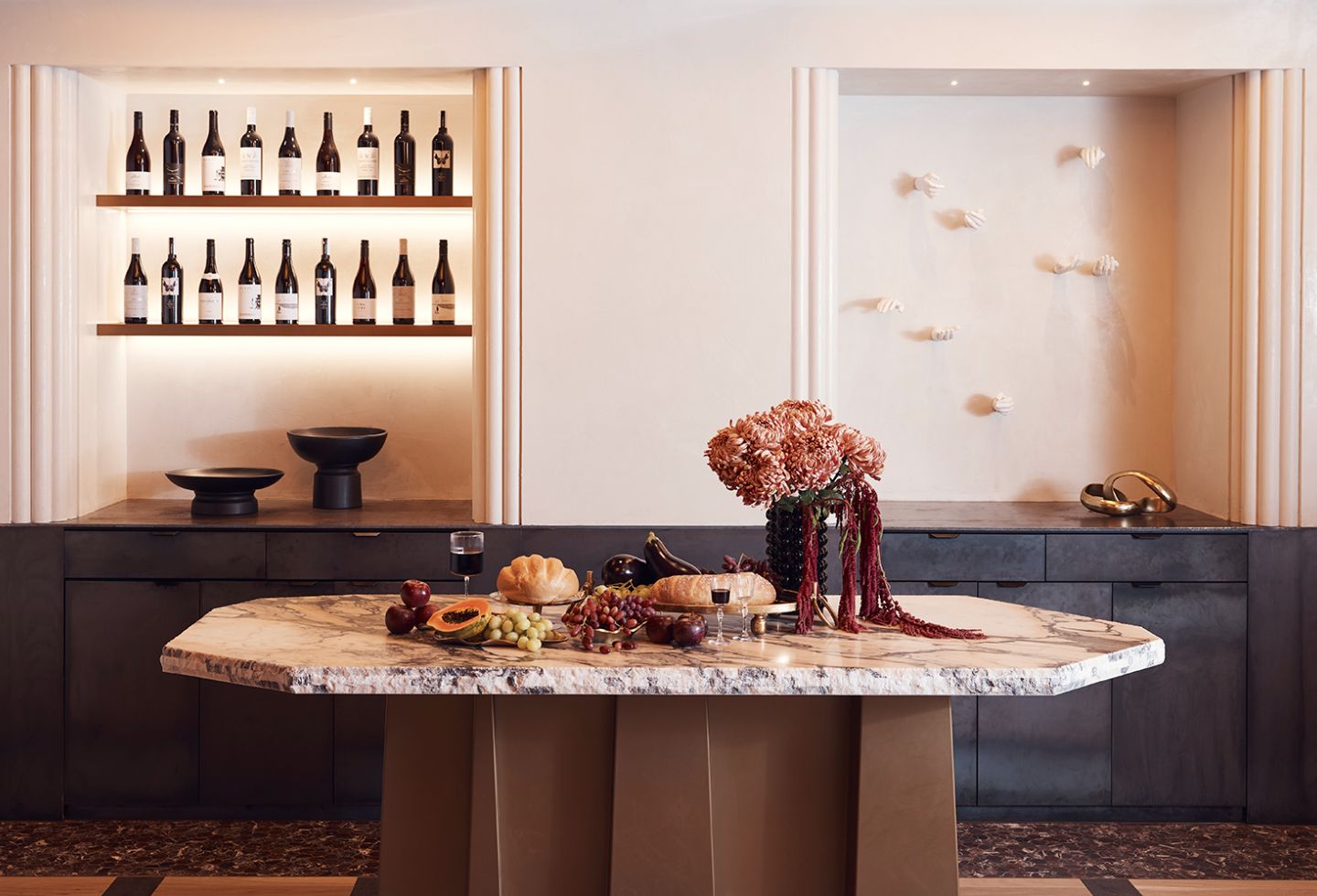
The saturation of the industry, coupled with shifting regulations like the Design and Building Practitioners Act, complicates matters further. “It’s way more saturated,” Nottage reflects. “The Act has certainly complicated things for a lot of interior designers in terms of trying to get recognised as a profession and being able to register for that.”
“I think nine times out of ten, people are surprised to hear that we do construction documentation sets and the technical side of it,” says Nottage. “To a lot of people, they think that sits with an architect. Whereas we know that it’s a very rigorous job and that it goes far beyond the finishes and the soft furnishings… I make a real point of saying it – I’m very quick to say, we do the full scope. It’s important to clarify that.”
Competition within the industry is fierce, and loyalty can be elusive. “I feel like people are undercutting each other on fees. It’s a little bit savage. It doesn’t feel like there’s a lot of loyalty potentially there,” Nottage says. “What I’m experiencing up here in Brisbane is completely different to New South Wales.
“My experience in New South Wales was clients… they’d be happy to use different designers for different projects and get a new take on things and always go out to market. [However, in Brisbane] they are steadfast in their loyalty to the designers. So as a new firm up here, that’s a little frustrating because it’s harder to crack. But I do applaud the loyalty because I would like to be on the receiving end of that once we can find those relationships.”
